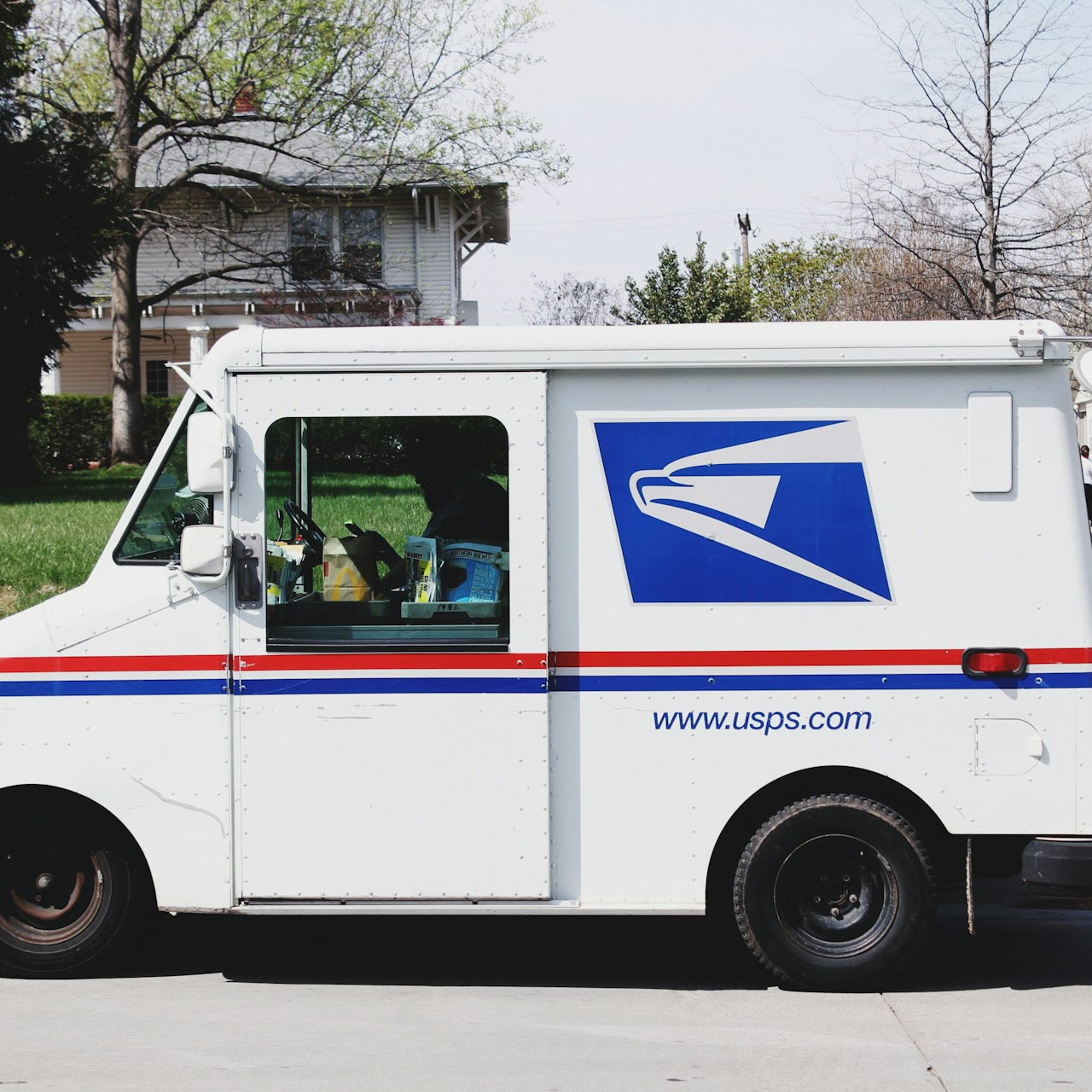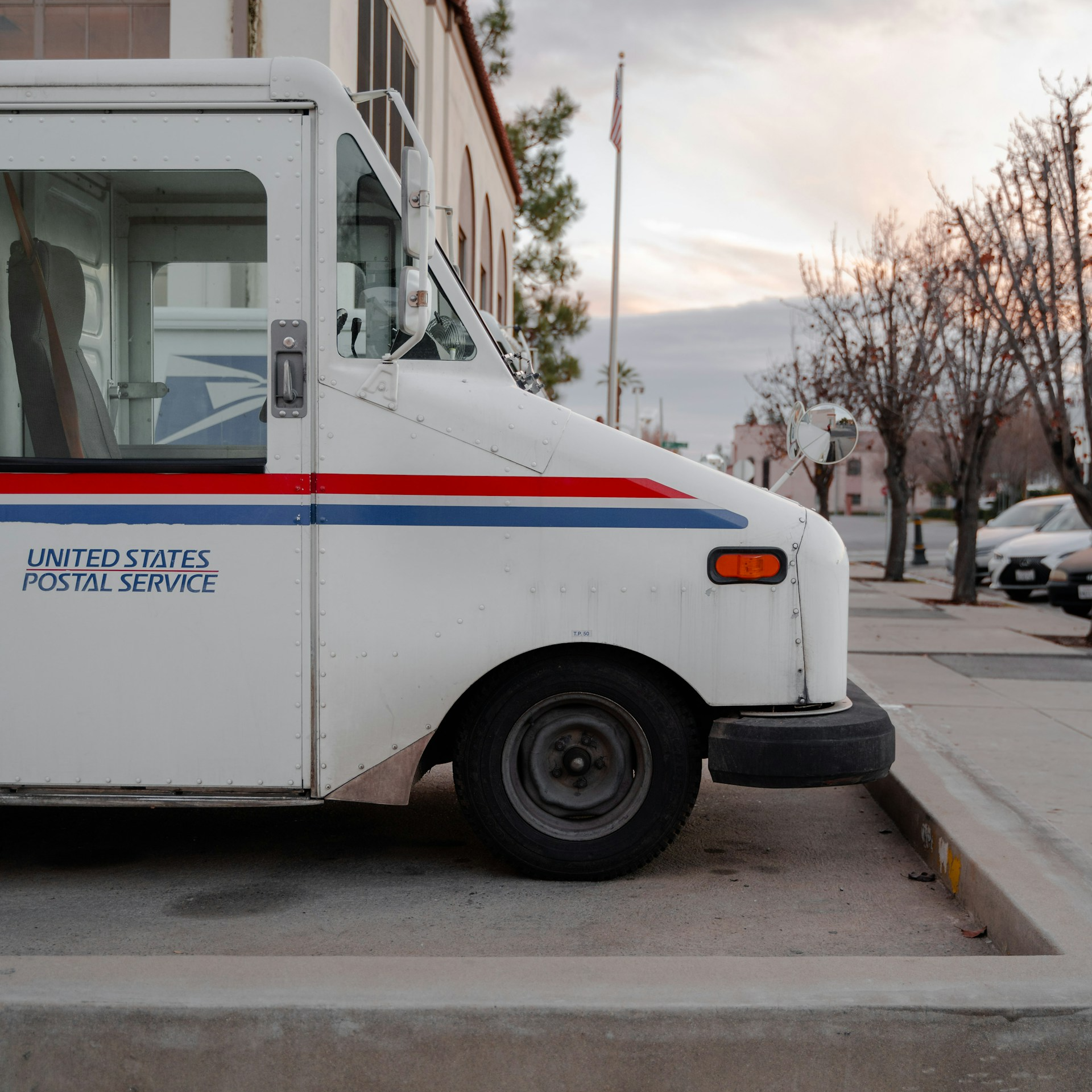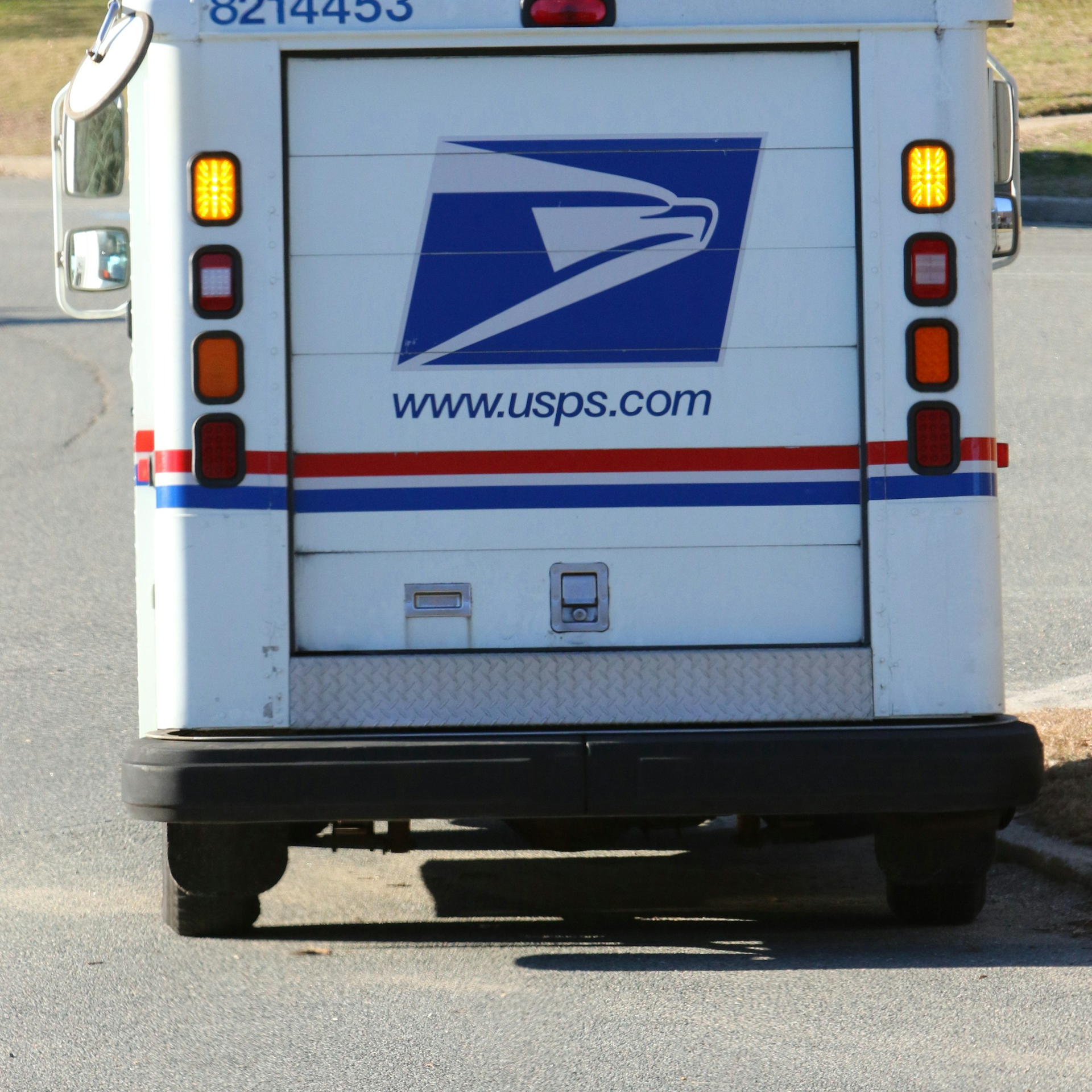Key Takeaways
- PSHB Open Season is Here! The Postal Service Health Benefits (PSHB) Open Season runs from November 11, 2024, to December 9, 2024—this is your chance to review and adjust your health coverage before the big switch.
- Big Change in 2025! Starting January 1, 2025, all USPS employees and retirees will transition from the FEHB program to the new PSHB plan, thanks to the Postal Service Reform Act of 2022.
What Makes 2024 Open Season So Different?
If you’re used to Open Season by now, you might think it’s just another year to review your benefits, tweak your plan, and move on. But this year is not business as usual. With the Postal Service Health Benefits (PSHB) program set to launch on January 1, 2025, this Open Season marks a major shift. Under the Postal Service Reform Act of 2022, USPS employees and retirees will transition out of the old Federal Employees Health Benefits (FEHB) program and into PSHB.
Why the Transition?
The main reason for this change is the Postal Service Reform Act of 2022, which was designed to improve financial stability within USPS. As part of this restructuring, a new health benefits system tailored specifically for postal workers was created—enter PSHB.
With this transition, it’s critical that you understand what changes to expect, especially if you’re used to how things worked under FEHB. And here’s the good news: dental and vision coverage under the Federal Employees Dental and Vision Insurance Program (FEDVIP) will stay exactly the same, meaning no major changes to that side of your benefits.
The Timeline: Key Dates You Need to Know
Here’s the deal: the PSHB Open Season runs from November 11 to December 9, 2024. During this time, you’ll automatically be enrolled in a PSHB plan that’s similar to your current FEHB coverage. But this window also gives you the chance to review your options and make any necessary changes before the official switch happens.
On January 1, 2025, the PSHB program goes live, replacing FEHB for USPS employees and retirees. So make sure you’ve double-checked your plan before Open Season ends.
FEDVIP Coverage Stays the Same
While PSHB brings some changes, rest assured that FEDVIP coverage for dental and vision services remains unchanged. This means you’ll still have access to all your routine dental exams, cleanings, and prescription eyewear, just like before. However, you should be aware of premium changes for 2025: dental premiums are going up by 2.97% and vision premiums are increasing slightly by 0.87%.
Though these increases are pretty modest, they’re still something to keep in mind when reviewing your benefits.
What You’ll Be Paying Under PSHB
Curious about how PSHB will compare cost-wise to your old FEHB plan? Well, here’s a general breakdown of biweekly premiums for 2025:
- Self Only: $397.35
- Self Plus One: $858.89
- Self and Family: $934.65
Now, the government still covers 72% of the total premium, meaning your contribution will be 28%. Here’s what that translates to:
- Self Only: $111.26 per pay period
- Self Plus One: $240.49 per pay period
- Self and Family: $261.70 per pay period
If you’re on a Self Only plan, you’re looking at about $2,892.76 annually in employee contributions. For Self Plus One, it’s around $6,252.74 annually, and Self and Family will set you back about $6,804.20 annually. So, while the government’s contribution helps a lot, make sure you’re budgeting for those out-of-pocket costs!
The Medicare Part B Question
If you’re retiring on or before January 1, 2025, you’re in luck—you won’t need to enroll in Medicare Part B to keep your PSHB coverage. However, if you’re retiring after that date, you will be required to enroll in Medicare Part B once you become eligible, usually around age 65.
This is a significant change, so keep it on your radar, especially if you’re nearing retirement. The same applies to your family members; they will also need to enroll in Medicare Part B once they become eligible.
There are some exceptions, though. If you live outside the U.S., or if you get your healthcare through the Department of Veterans Affairs (VA) or Indian Health Services (IHS), you might be exempt from this requirement.
Special Enrollment Period (SEP) for Medicare Part B
To make this transition smoother, a Special Enrollment Period (SEP) for Medicare Part B was available from April to September 2024. If you and your family members took advantage of it, USPS covered any late enrollment penalties, which was a nice bonus.
PSHB and Medicare: Working Together to Save You Money
For those of you who are already enrolled in Medicare Part B, many PSHB plans offer added cost-saving benefits. This can include things like reimbursed Part B premiums, waived deductibles, and lower out-of-pocket costs for services. So, combining PSHB with Medicare Part B could actually help reduce your overall healthcare expenses in retirement.
Prescription Drug Coverage—No Extra Costs for Medicare Participants
Another great feature of PSHB for Medicare-eligible participants is that prescription drug coverage is included in all plans. This coverage comes through Medicare Part D, which means you won’t need to worry about paying separate premiums for drug coverage. However, be sure to check your plan’s formulary to see how your specific prescriptions will be covered under the new program.
Reviewing Your Options: Tools to Help You Decide
With so many changes, you might be wondering how to choose the right PSHB plan. Fortunately, the OPM plan comparison tool will be available during Open Season. This tool can help you evaluate different PSHB and FEDVIP options, making it easier to select the coverage that best fits your needs.
Take advantage of this tool during Open Season, especially if you’re thinking about making adjustments to your plan or switching to a different coverage option.
Other Benefits Stay Intact
Aside from health coverage, rest easy knowing that other federal benefits you’re used to—like the Federal Employees’ Group Life Insurance (FEGLI) and the Federal Long Term Care Insurance Program (FLTCIP)—are not affected by the switch to PSHB. You’ll still have access to these programs, so nothing changes there.
What Should USPS Workers Be Doing Right Now?
With PSHB’s launch just around the corner, there are a few key things to focus on during Open Season:
- Review Your Current Plan: Take time to see how your current FEHB coverage compares to the PSHB plans available.
- Check Medicare Enrollment Requirements: If you’re close to retirement, make sure you’re aware of the Medicare Part B requirements and whether they apply to you.
- Evaluate FEDVIP: Even though the coverage remains the same, it’s always a good idea to review your FEDVIP plan, especially with the premium increases coming in 2025.
- Use the OPM Comparison Tool: This is your best resource for comparing plans and making informed decisions about your healthcare coverage.
USPS Health Benefits Are Evolving—Stay on Top of the Changes
This year’s Open Season is a pivotal one for USPS employees and retirees. With the switch to PSHB happening on January 1, 2025, it’s crucial that you take time to review your options and prepare for the changes ahead. By staying informed and proactive, you can ensure that your health coverage continues to meet your needs in 2025 and beyond.












